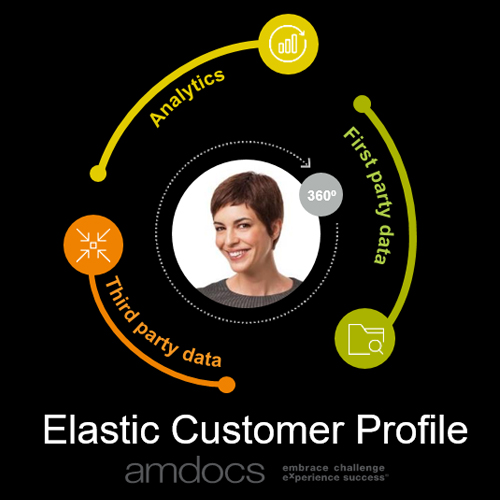Data-driven Service Providers: Still a Myth?
All business initiatives need to have a strong underpinning of data to ensure that they make the right business decisions to deliver engaging customer experiences and execute efficient business operations. To achieve this, service providers must focus their efforts into understanding how they can best leverage two foundational elements – customer profile and the data management layer.
Customer profile
Gone are the days when a customer’s profile was a collection of largely static data like name, age and address. Delivering a personalized, contextual engagement for today’s customer requires the service provider to enhance profiles by integrating multiple and diverse sources of data that are both first-party-sourced (data generated or captured by the service provider) and from third parties (data captured from sources other than the service provider but enable a better understanding of the customer).
It is also important to recognize that the customer profile is a “living” object – which grows, expands and ages over time, and is in constant need of nourishment and enrichment. This means that the service provider needs to design the customer profile to elastically expand over time, with the ability to assimilate and integrate growing mounds of data.
Fig. 1 - Elastic customer profile
Data management layer
Once a receptacle for customer-centric information is established, it is critical to ensure that the data management layer is constantly fed with data from relevant, yet diverse sources in order to maintain currency of the data and to drive customer-centric decisions. In today’s socially-connected world, outdated or irrelevant data may well lead to unpleasant customer experiences, and service providers cannot afford to risk damaging their brand and reputation due to missteps in their customer engagement points.
As service providers take concrete steps towards establishing this strong foundation, they can also begin taking a concrete look at the various impacts this can have on their business.




















